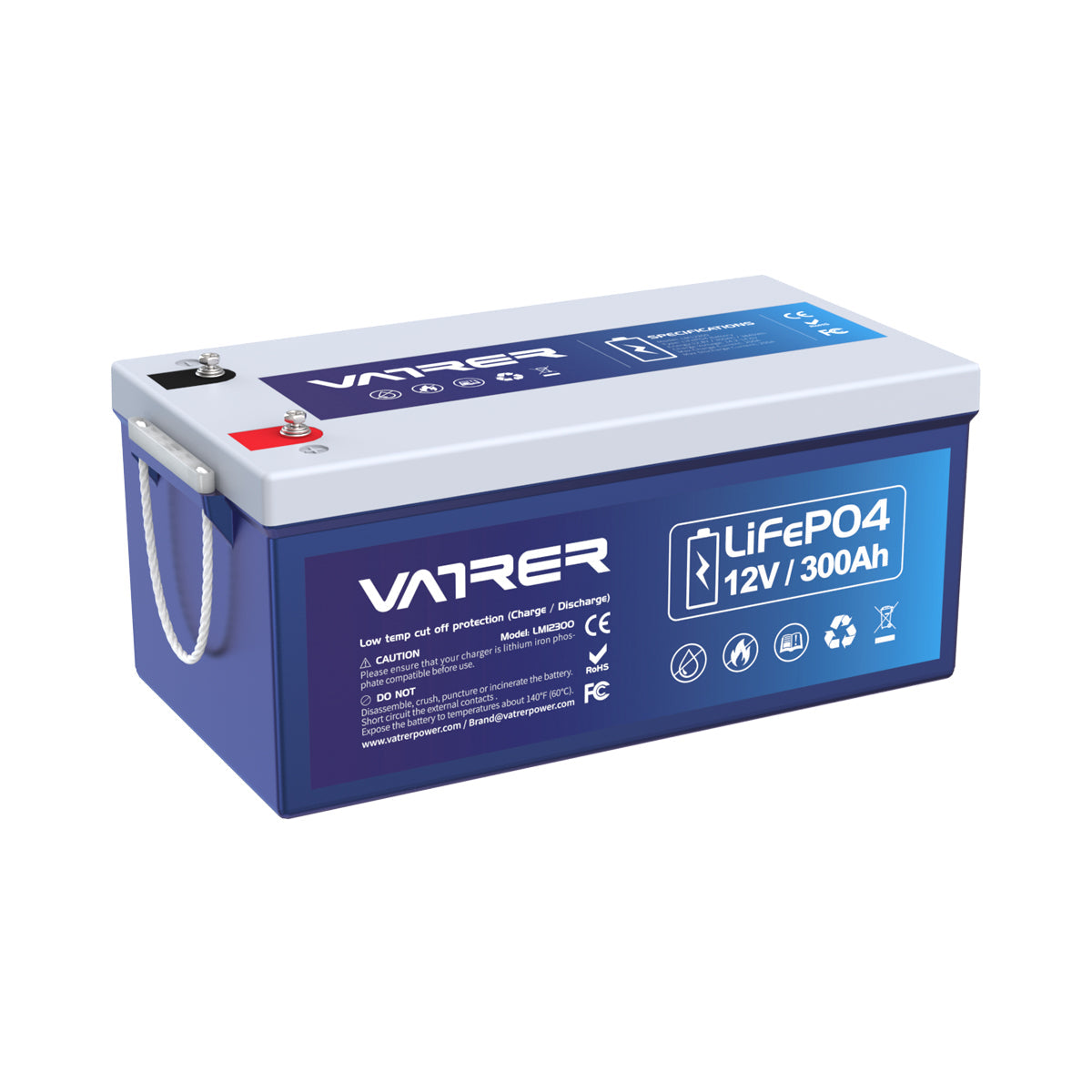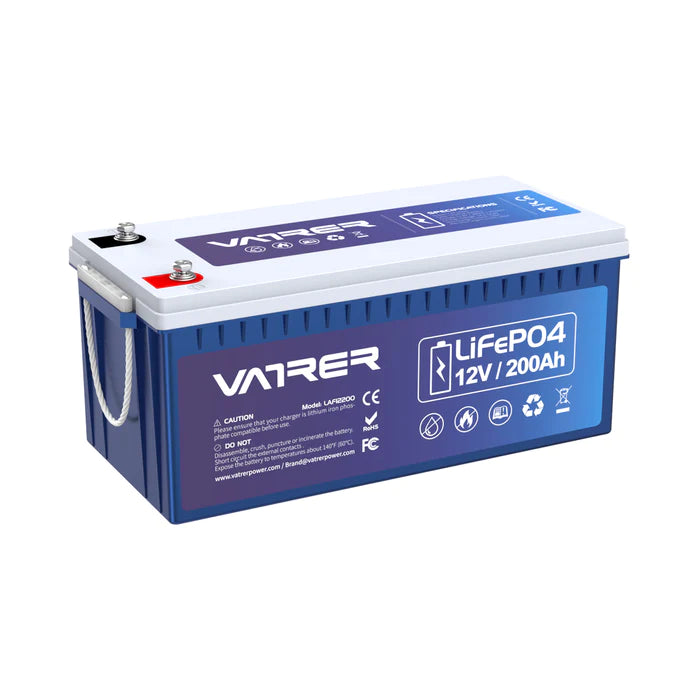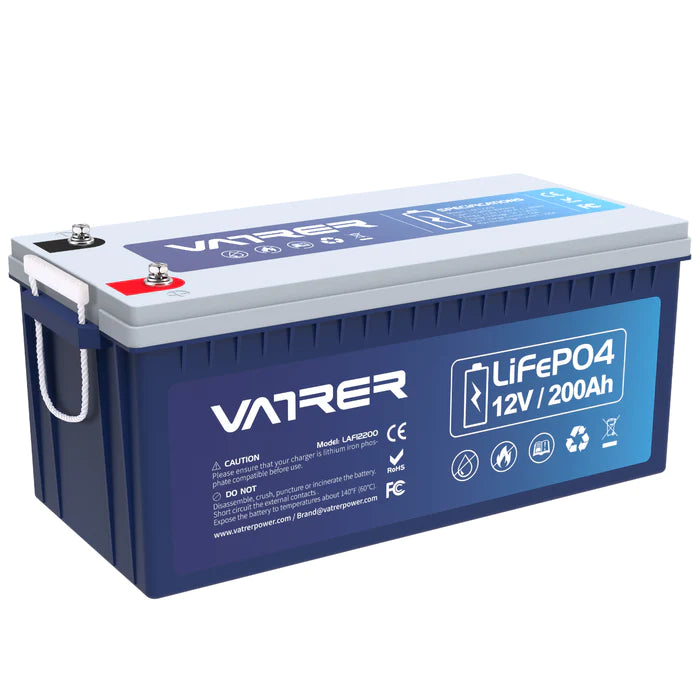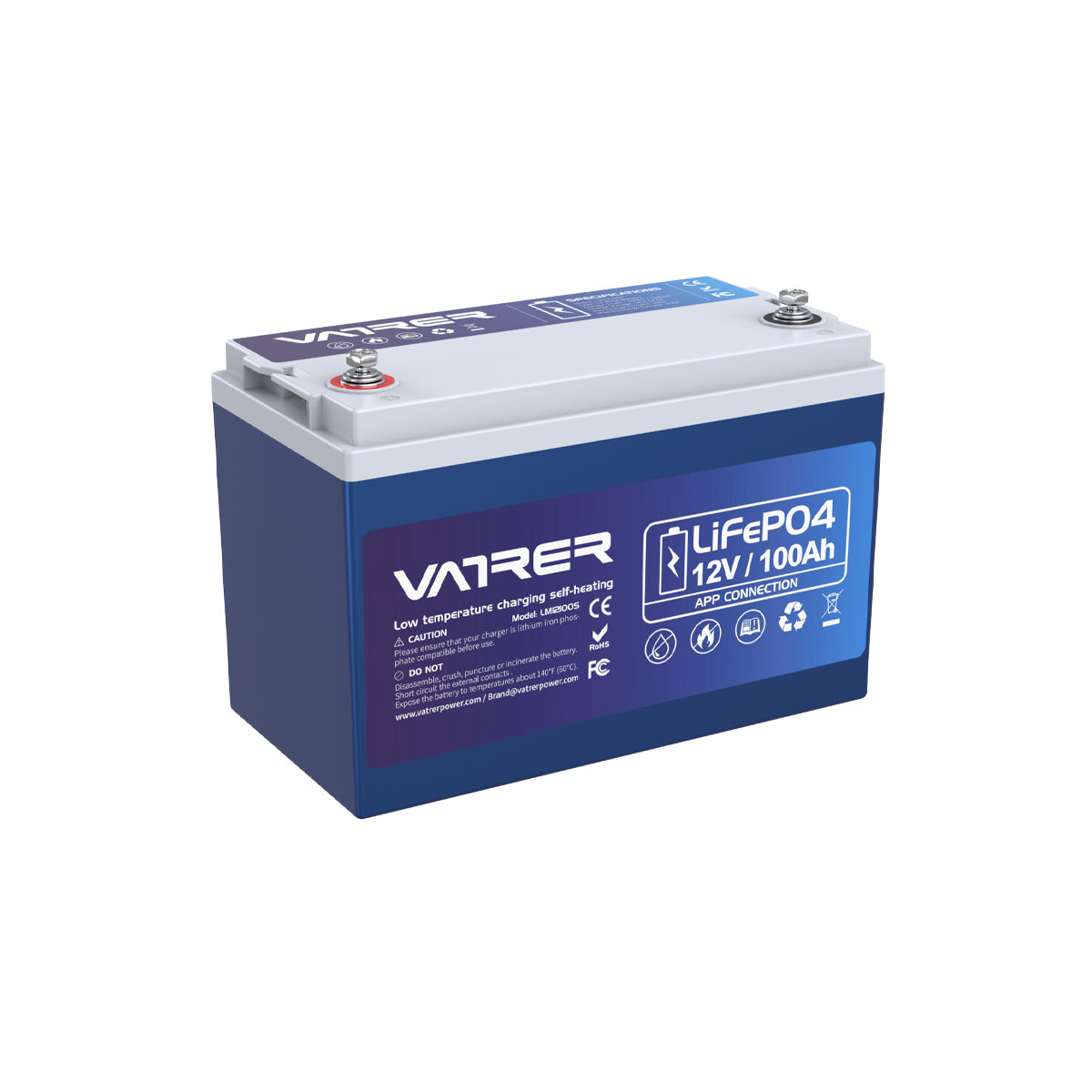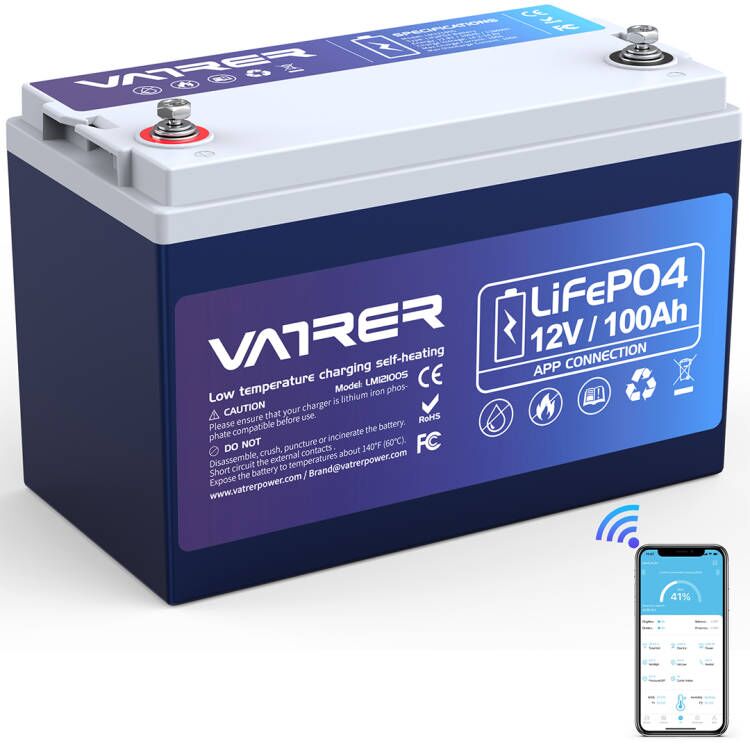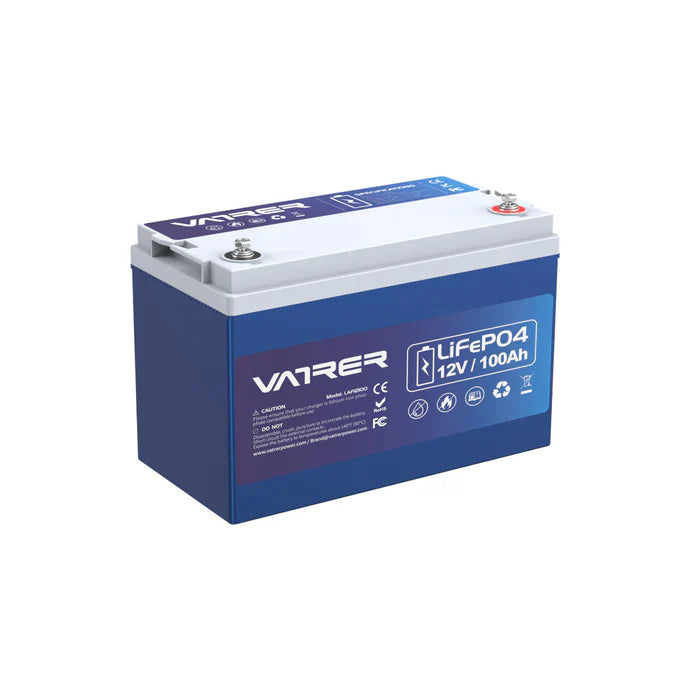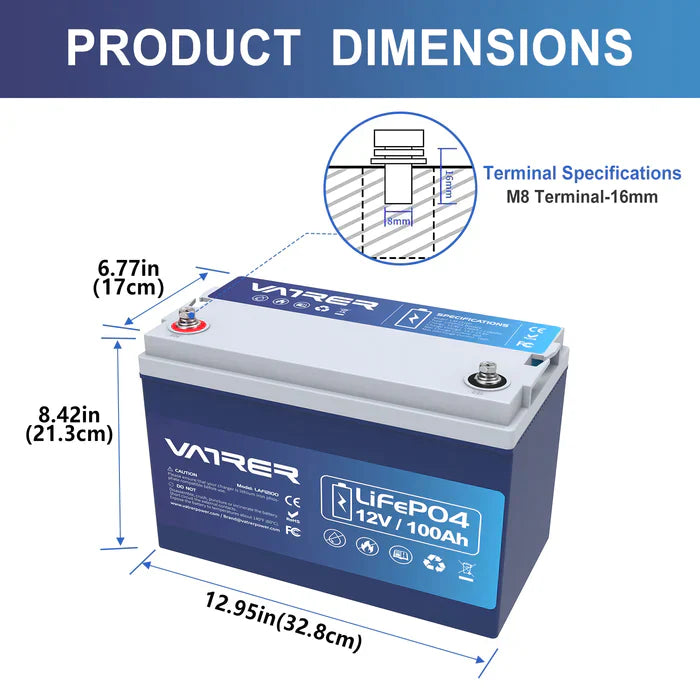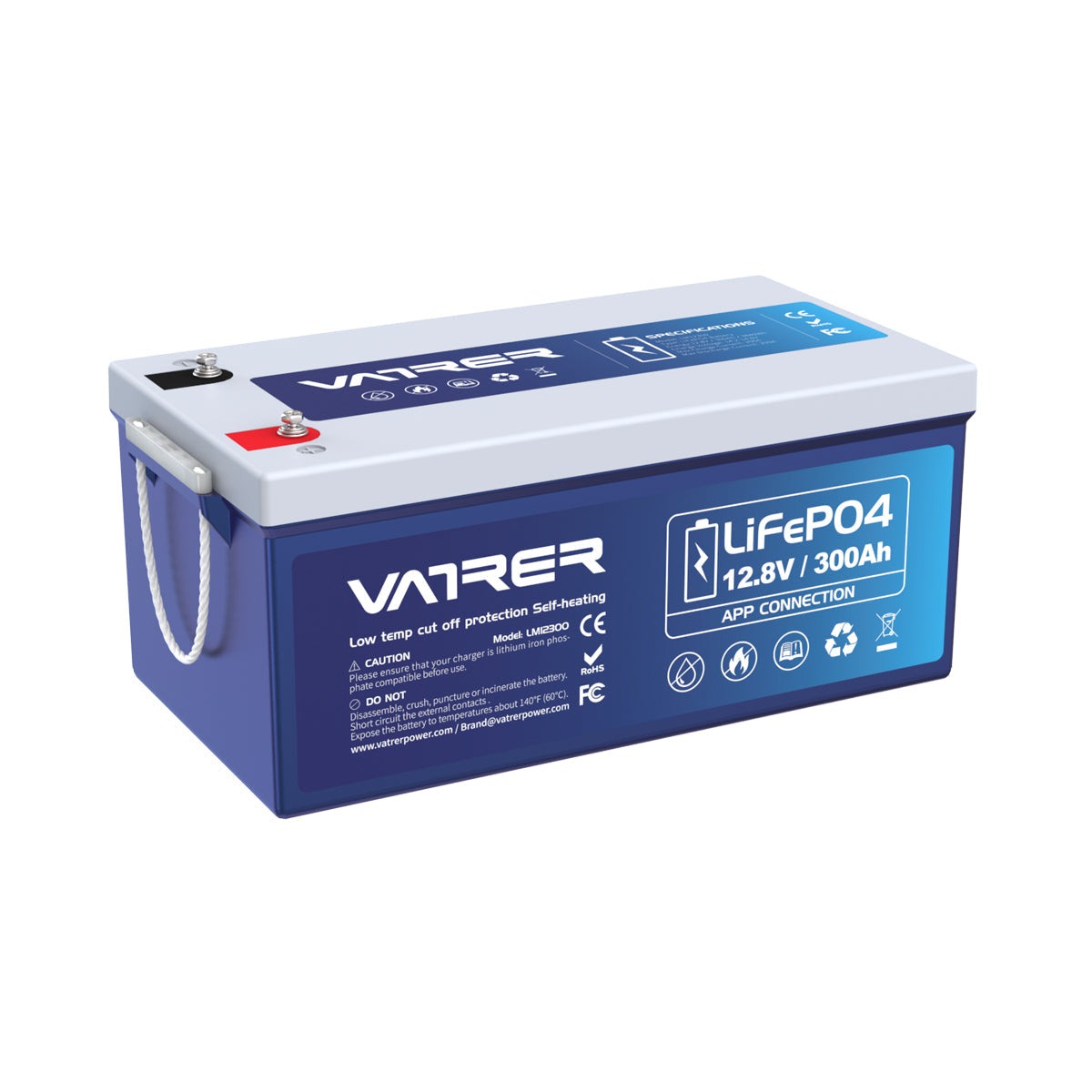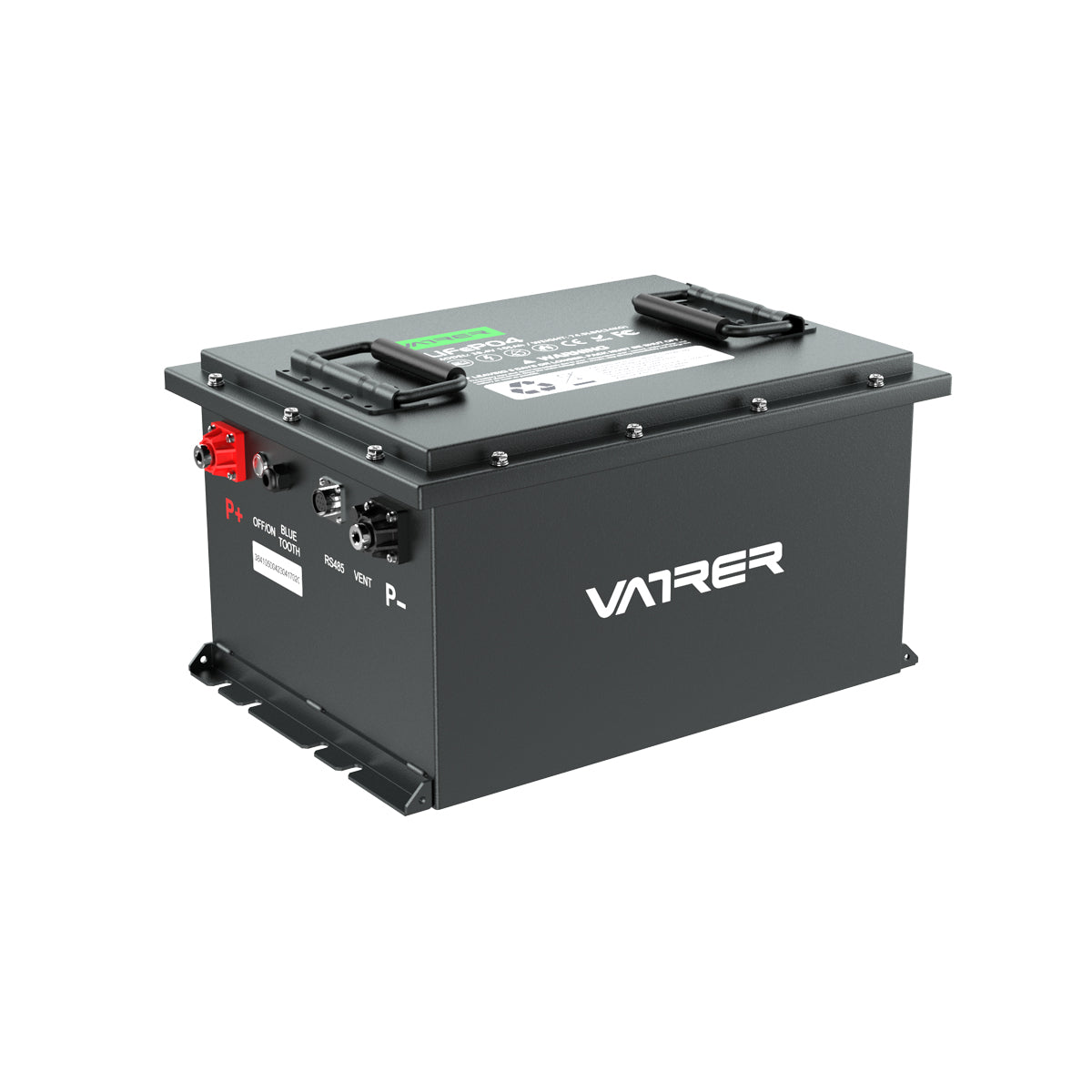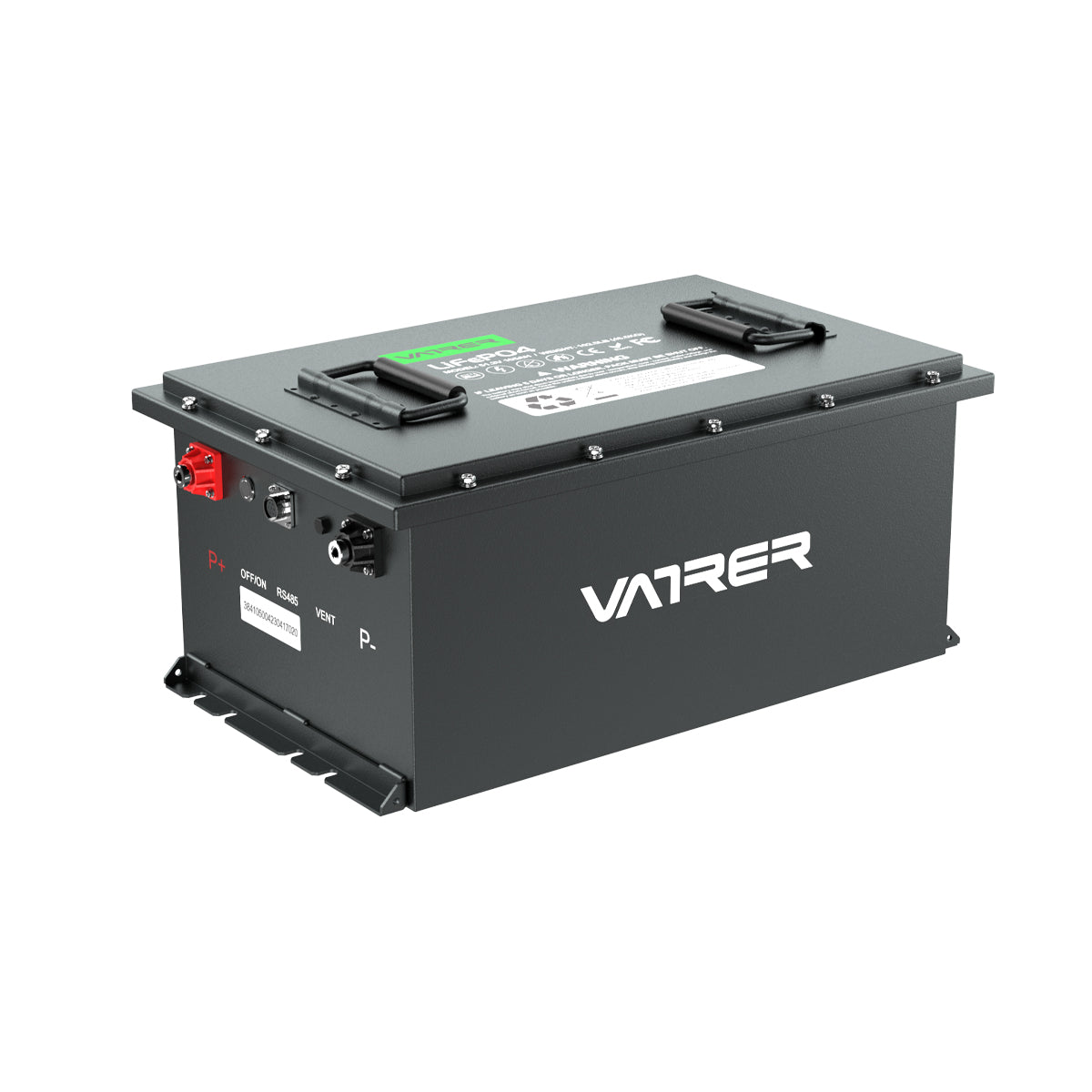When it comes to powering golf carts, the choice of battery voltage plays a pivotal role in determining both the performance and efficiency of the vehicle. As technology advances, golf cart owners and fleet managers are often faced with a choice: stick with the traditional 48V batteries or upgrade to the slightly higher voltage 51.2V batteries? In this blog post, we’ll explore the differences between these two voltage options, helping you make an informed decision based on your specific needs.
Overview of 48V and 51.2V Batteries
48V Batteries:
Traditionally, golf carts have been equipped with 48V battery systems. This voltage level has been the industry standard due to its reliability and the wide availability of compatible parts and accessories. A 48V system typically consists of either eight 6V batteries or six 8V batteries wired in series to achieve the desired voltage.

51.2V Batteries:
On the other hand, 51.2V batteries are relatively new to the market. These systems usually employ lithium-ion technology, as opposed to the lead-acid batteries more commonly found in 48V systems. The 51.2V is typically derived from sixteen lithium-ion cells connected in series, each cell having a nominal voltage of 3.2V.

Performance Comparison
Power Output:
The primary advantage of a 51.2V battery over a 48V battery is the increase in power output. Since power is a product of voltage and current, the higher voltage provided by the 51.2V battery allows for more power generation under the same current conditions. This can translate into better torque and speed capabilities for the golf cart, which is especially beneficial in hilly terrains or when the cart is heavily loaded.
Efficiency and Range:
Higher voltage systems are generally more efficient. The increased efficiency of a 51.2V system can lead to less energy loss in the form of heat, potentially providing a longer range and improved overall battery life. Additionally, lithium-ion batteries, which are common at 51.2 volts, typically have a higher energy density and a longer lifecycle compared to traditional lead-acid batteries.
Charging and Maintenance
Charging Time:
Lithium-ion batteries at 51.2V can often be charged faster than their 48V lead-acid counterparts. This is because lithium-ion technology supports faster current intake and more efficient charging cycles, which is ideal for golf carts in commercial or frequent use scenarios.
Maintenance Needs:
Lead-acid batteries require regular maintenance, including watering, cleaning, and equalizing charges to extend their life. Lithium-ion batteries, however, are virtually maintenance-free. This not only reduces the labor cost associated with upkeep but also minimizes the downtime of the golf cart.
Cost Consideration
While 51.2V lithium-ion batteries offer many benefits, they are generally more expensive upfront than 48V lead-acid batteries. However, the total cost of ownership may be lower with lithium-ion due to their longer lifespan, reduced maintenance needs, and greater efficiency.
Conclusion
Choosing between a 48V and a 51.2V battery system depends largely on your specific requirements and budget. For those who need a powerful, efficient, and low-maintenance solution, and who are willing to invest more upfront, 51.2V lithium-ion batteries are an excellent choice. However, if you are looking for a more cost-effective solution and are equipped to handle regular maintenance, a 48V system might be more appropriate.
Ultimately, understanding the specific demands of your golf cart usage and considering both the short-term and long-term costs will guide you to the best battery voltage choice for your needs.





![[Buying Guide] Should I Buy Lithium Batteries on Black Friday?](http://www.vatrerpower.com/cdn/shop/articles/Should-I-Buy-Lithium-Batteries-on-Black-Friday.webp?v=1731467571&width=500)














































